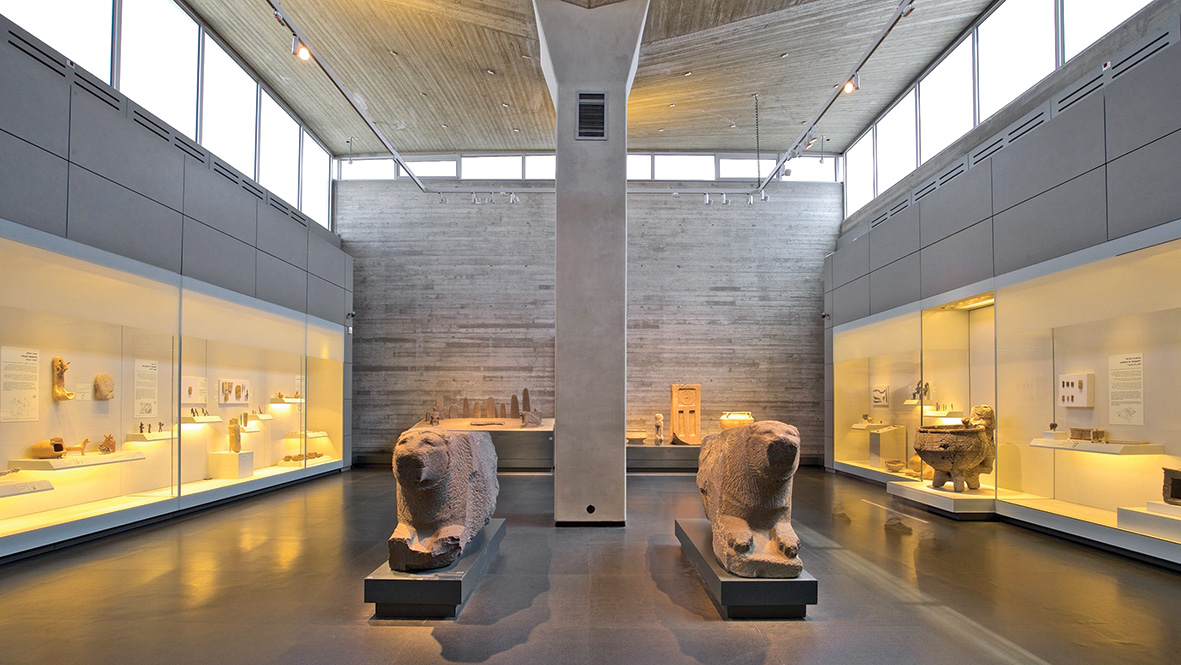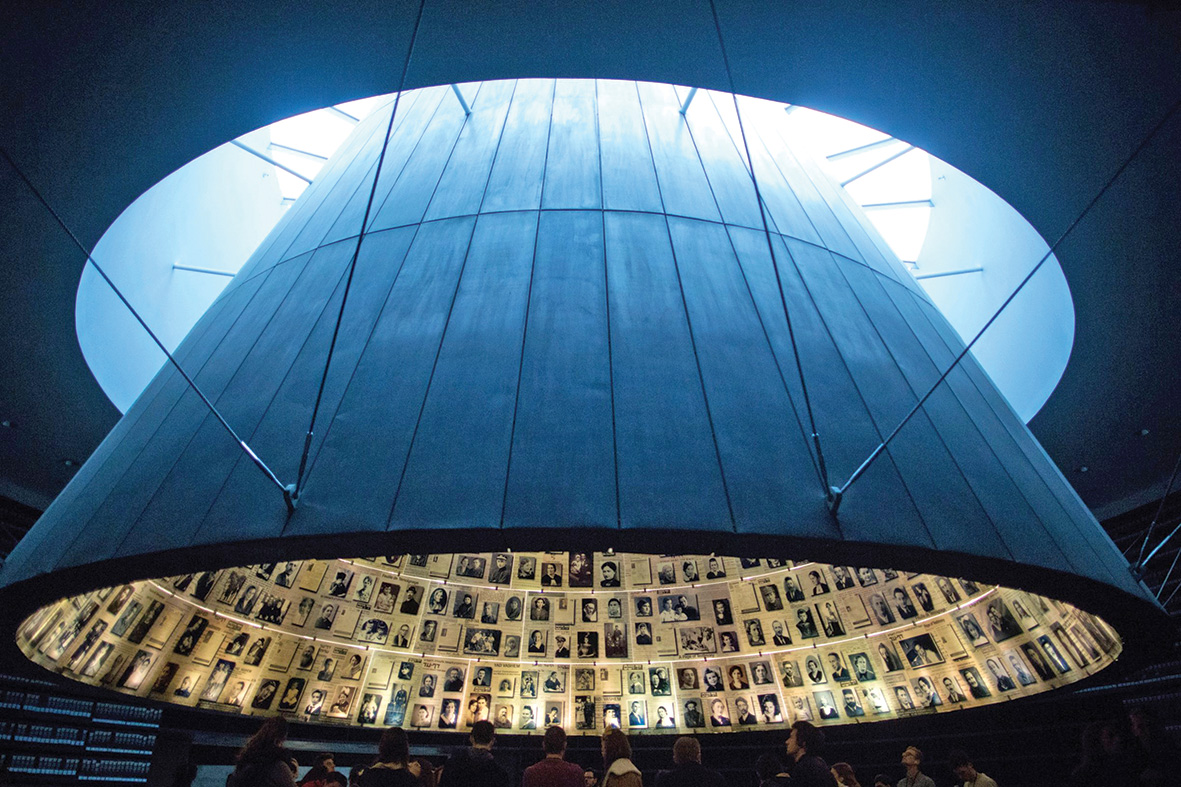The culture of this country follows the rhythm of pilgrim’s footsteps that eco from ancient history to today, depicting the diversity people who live in Israel in so many shapes and forms.

Israel is a country of a strong cultural mix scented with Mediterranean cultural spices and history, heritage and religion pilgrimage admiration and pursuit for the facts and proofs.
This culture reflects Jewish culture, Jewish history in the diaspora, the ideology of the Zionist movement that developed in the late 19th century, as well as the history and traditions of the Arab Israeli population and ethnic minorities that live in Israel, among them Druze, Circassians, Armenians and others.
The roots of the culture of Israel developed long before modern Israel’s independence in 1948 and traces back to ancient Israel; c. 1000 BCE.
The names Land of Israel and Children of Israel have historically been used to refer to the biblical Kingdom of Israel and the entire Jewish people respectively. The area is also known as the Holy Land, being holy for all Abrahamic religions including Judaism, Christianity, Islam and the Bahá’í Faith.
Israel is the birthplace of the Jewish culture and its culture encompasses the foundations of many Jewish cultural characteristics, including philosophy, literature, poetry, art, mythology, folklore, mysticism and festivals; as well as Judaism, which was also fundamental to the creation of Christianity and Islam
The most important Jewish holidays are:
Shabbat – Friday evening through Saturday is a time to relax and reflect while recharging for the next week.
Rosh Hashanah, literally meaning “head of the year” is the Jewish New Year. The biblical name for this holiday is Yom Teruah, literally “day of shouting or blasting”. It is the first of the Jewish High Holy Days specified by Leviticus 23:23–32 that occur in the early autumn of the Northern Hemisphere.
Yom Kippur, also known as the Day of Atonement, is the holiest day of the year in Judaism. Its central themes are atonement and repentance. Jews traditionally observe this holy day with an approximate 25-hour period of fasting and intensive prayer, often spending most of the day in synagogue service.
Sukkot, commonly called the Feast of Tabernacles or in some translations the Festival of Shelters, and known also as the Feast of Ingathering, is a biblical Jewish holiday celebrated on the 15th day of the seventh month, Tishrei.
Simchat Torah or Simhat Torah is a Jewish holiday that celebrates and marks the conclusion of the annual cycle of public Torah readings, and the beginning of a new cycle.
Hanukkah is a Jewish festival commemorating the rededication of the Second Temple in Jerusalem at the time of the Maccabean Revolt against the Seleucid Empire. It is also known as the Festival of Lights.
Tu BiShvat is a Jewish holiday occurring on the 15th day of the Hebrew month of Shevat. It is also called Rosh HaShanah La’Ilanot, literally “New Year of the Trees”. In contemporary Israel, the day is celebrated as an ecological awareness day and trees are planted in celebration.
Purim is a Jewish holiday that commemorates the saving of the Jewish people from Haman, an Achaemenid Persian Empire official who was planning to kill all the Jews, as recounted in the Book of Esther. Haman was the royal vizier to King Ahasuerus and he planned to kill all the Jews in the empire.
Israel is the county with the highest number of museums per capita in the world with more than 200 museums

Here are the 10 top museums:
Bibliography: Ahituv, N. (n.d.). 10 of Israel’s best museums. Retrieved 7 3, 2020, from CNN: http://travel.cnn.com/best-israel-museums-361281/
- Israel Museum is the largest cultural institution in the country. Recently renovated and reorganized, its major feature is the Shrine of the Book, a massive domed structure built as a showcase for the Dead Sea Scrolls and other ancient manuscripts.
- Tel Aviv Museum of Art – founded in 1932 it’s one of Israel’s leading art and culture institutions. The tour of the museum offers many displays of art, architecture and design.
- Museum of Art was established in the 1930s in a temporary wooden structure in a kibbutz. In 1948, it moved into a permanent building to become Israel’s first museum. The structure is a fine example of Israeli Modernism, heralded for its beauty and simplicity. The museum highlights Israeli art and has amassed more than 16,000 permanent pieces since opening.
- Design Museum Holon is located in Holon, a 20-minute drive from Tel Aviv. This is a museum that hosts industrial, fashion, textile and jewellery design weeks, exhibitions and events. Designed by London-based Israeli architect and designer Ron Arad, the building itself is considered a work of art, with its flowing steel strips painted in various shades of red.
- Yad Vashem – the Holocaust Museum, which commemorates the millions of Jews who perished as a result of Nazi persecution in World War II. The 45,000-square-foot museum attracts more than a million visitors a year from all over the world. The main building is a concrete triangle chiselled into the side of a mountain. Once inside, visitors follow a route taking in multidisciplinary and interdisciplinary presentations that document what the museum calls “the story of the Shoah from a unique Jewish perspective, emphasizing the experiences of the individual victims through original artifacts, survivor testimonies and personal possessions.
- Umm el-Fahem Art Gallery In 1996 a group of residents and artists decided to enrich Umm el-Fahem (a northern Arab-Israeli city with one of the highest unemployment rates in the country) with a high-quality gallery showcasing contemporary Arab and Palestinian art. The gallery rapidly evolved into a vivid cultural center, connecting Arabs and Jews with art and culture. In 2007 the municipality granted the gallery land, where the current museum was erected.
- Museum on the Seam is the most provocative museum in Israel. The exhibitions are aimed at raising controversial social questions regarding national, ethnic or economic differences. The museum refers to itself as a “socio-political museum,” and displays unflinching exhibitions taking on various political concerns. In addition to the exhibits, the museum offers dramatic views of the city and a pleasant cafe on its roof.
- The Museum for Islamic Art is located next to the Israeli president’s official residence and contains one of the most impressive archives of Islamic art in the world. Permanent exhibitions are displayed in chronological and geographical order, showing various periods of Islamic art. The museum is also known for its vast collection of antique watches, which became famous in 1983 when professional burglar Naaman Diller managed to steal 100 watches valued at $204 million from the exhibition. Diller stashed his haul in safety deposit boxes around the world. They were recovered only after his death in 2004 when his widow confessed to the police.
- The Negev Museum of Art displays contemporary Israeli art and hosts a range of live summer concerts in its courtyard. Located in the old town of Beer Sheva, also known as “the capital of the desert,” the museum building was constructed during the Ottoman period at the beginning of the 20th century. Thanks to a recent renovation, its original splendour has been restored.
- Madatech, Haifa – museum of science, technology and space is lodged in what used to be the Israel Institute of Technology. The Madatech features numerous permanent and temporary science-themed exhibitions, all hands-on and interactive.